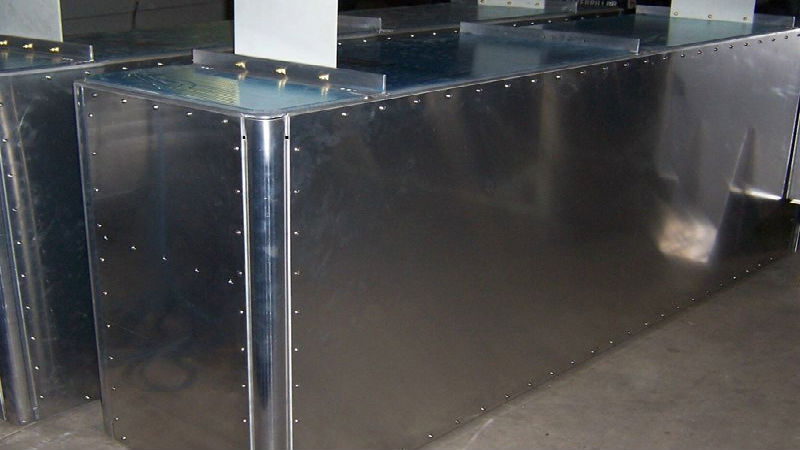Throughout the manufacturing process, heat treatment is consistently viewed as a critical step for adding value to the parts produced. A part expensively manufactured by melting, hot rolling or forging, annealing, rough machining, teeth cutting and grinding is essentially useless and of little to no value without heat treatment. In addition, without reliable and repeatable heat treatment, it is impossible to achieve competitive overall manufacturing costs.
Manufacturing Costs
Amazingly, the cost for a manufacturing step that adds such a high value is only a fraction of the total production costs generally in the range of no more than 5%. This percentage, however, increases to roughly 15% of the costs per part if all further post-treatment process steps inherent with, or caused by, heat treatment – such as cleaning, blasting, straightening and/or grinding – are taken into account.
Cost Reduction
A noticeable reduction of the manufacturing costs is only possible by minimizing the distortion of parts. For this, all the influencing parameters like steel melting, forming of the parts, uniformity of micro structure and harden-ability, as well as the need to be analyzed and optimized if one is to continually produce quality parts in a gas carburizing furnace.
Quality Parts
When producing quality parts, we are primarily concerned with properly utilizing the carburizing and quenching processes and applicable modern technology. From optimizing controls and quenching systems to the benefits of establishing temperature and gassing uniformity.
Carburizing Process
While there are currently two industrial carburizing processes – gas carburizing in atmosphere furnaces and low pressure carburizing in vacuum furnaces – both have the same aim: to carburize all workpiece elements in a load uniformly, to the same surface carbon (C) content and to the same case depth. Atmosphere carburizing runs a series of different process steps.
Temperature Uniformity
A uniform temperature is the most essential, steps for ensuring parts emerge with an ideal carburizing depth – and thus higher quality. In efficient a batch gas carburizing furnace, temperature uniformity is maintained in the heat chamber. Upon completion of the heating phases, all components in the austenitic phase are at the same temperature.
Gassing Uniformity
The positive convective properties, which result in excellent temperature uniformity within the load area, also result in improved heat transfer to the load and homogeneous process atmosphere. Continuous introduction of the carrier gas and controlled additions of the enriching gas result in a furnace atmosphere capable of producing carburized parts.

